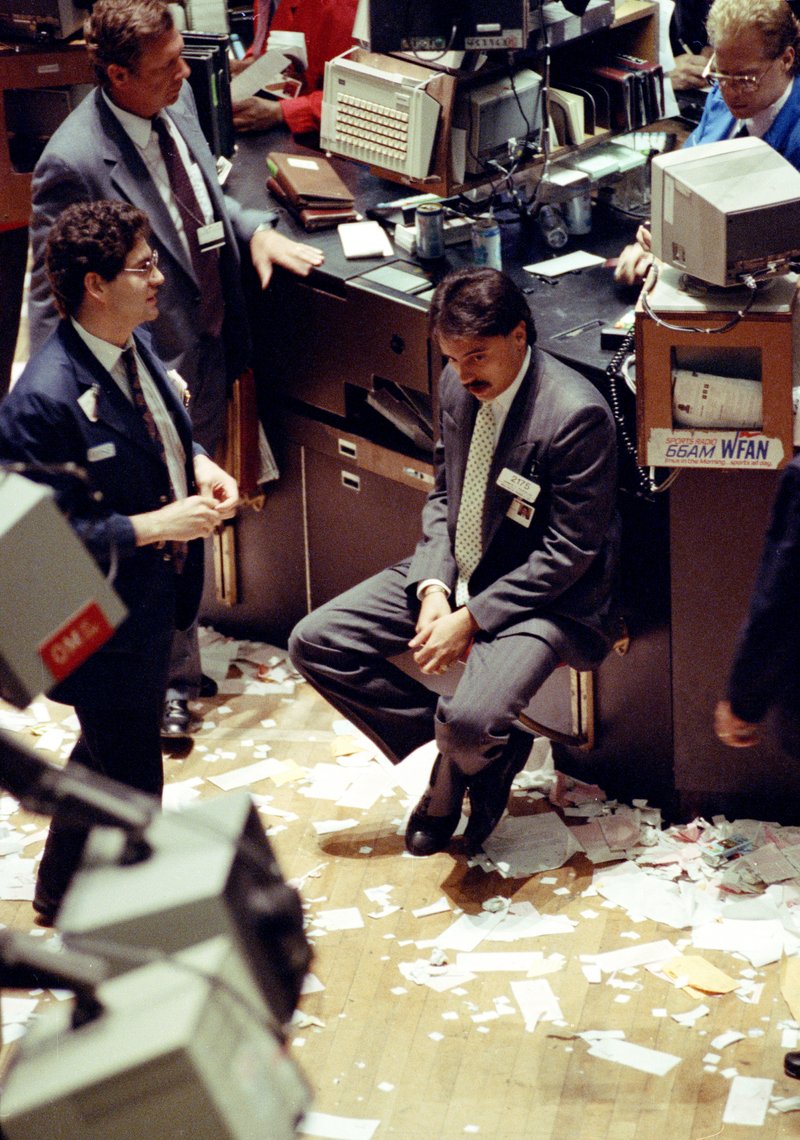NEW YORK -- S&P Dow Jones Indices, which compiles the benchmark S&P 500 index, and other research firms say the current bull market that began on March 9, 2009, is on track to become the longest in history today, at 3,453 days.
But other market analysts say not so fast. They say this bull market would have to run until June 2021 to set the record, claiming the longest bull market ran 4,494 days between Dec. 4, 1987, and March 24, 2000.
The debate centers around whether a downturn in 1990 should be considered a bear market -- generally accepted to be a 20 percent decline from a previous high. It also involves the familiar mathematical concept of rounding.
In 1990, the S&P 500 declined 19.92 percent from July 16 until Oct. 11. The independent research firm CFRA says that period should be considered a bear market because the decline rounds up to 20 percent and because the market surrendered more than half of what was gained in the prior bull market, something that didn't occur in comparable market downturns.
By that reckoning, the bull market that ended on March 24, 2000, began on Oct. 11, 1990, and lasted 3,452 days -- a record about to be eclipsed by the current bull market.
The other side of the argument holds that the 1990 decline was just a deep "correction" -- which market watchers define as a decline of more than 10 percent but not quite a bear market -- and didn't put an end to the bull market that began in late 1987.
Those in that camp also say that if the 1990 decline is considered a bear market, then so should other drops of 19 or more percentage points.
"We would never try to say that one 19-percent-plus decline should be considered a bear market while another 19-percent-plus decline shouldn't be," said analysts from Bespoke Investment Group, in a research note issued last week.
For instance, during the current bull market, the S&P 500 fell 19.39 percent between April 29, 2011, and Oct. 3, 2011, but that decline is not considered by S&P Dow Jones Indices to be a bear market. (To be picky, none of the other 19-plus percentage point declines going back to World War II were 19.5 percent or greater, and by traditional rules of rounding would be rounded down to 19 percent.)
The Associated Press recognizes S&P Dow Jones Indices' conclusion that the current bull market is about to become the longest of all time.
Business on 08/22/2018

